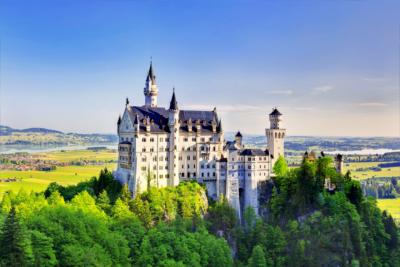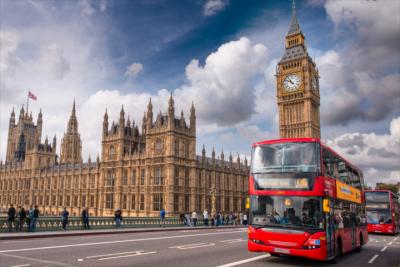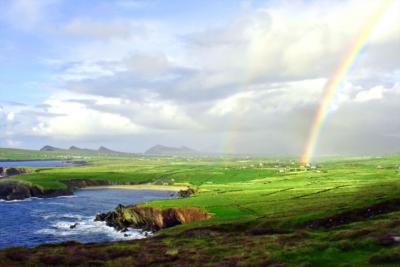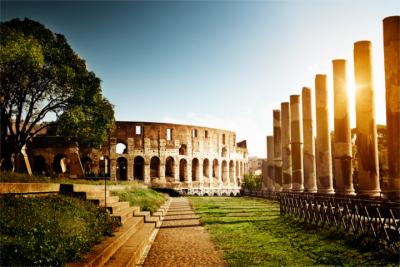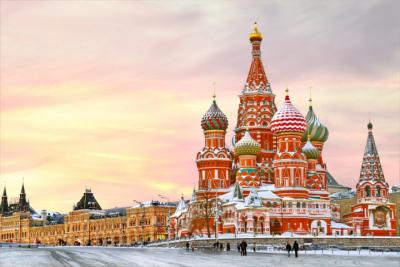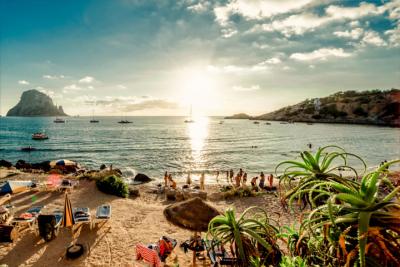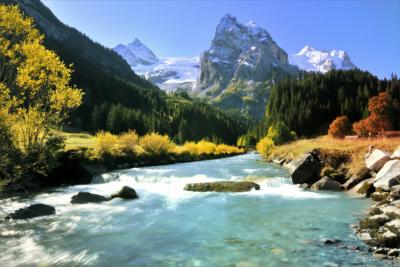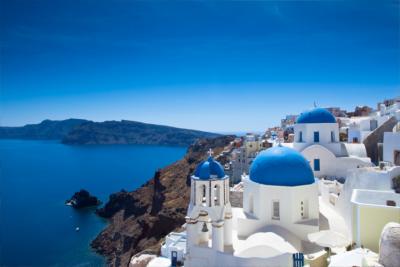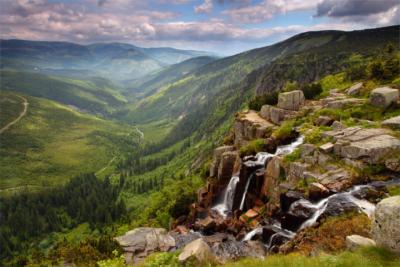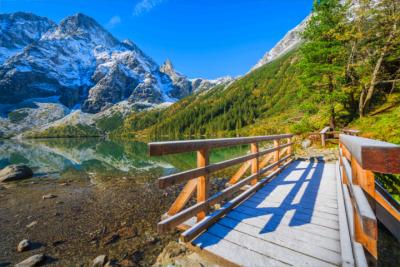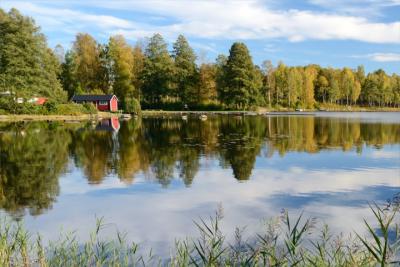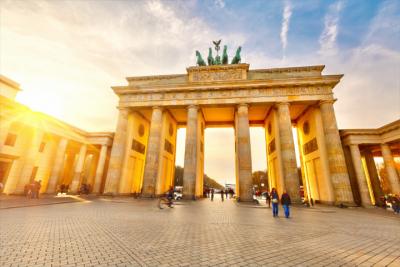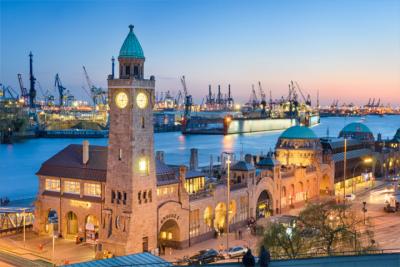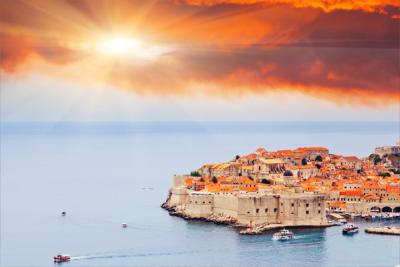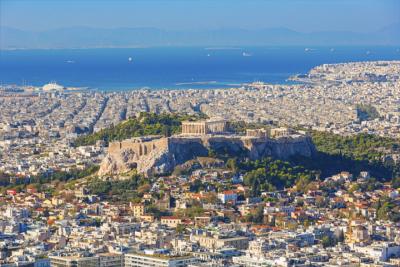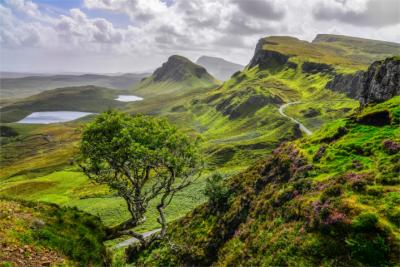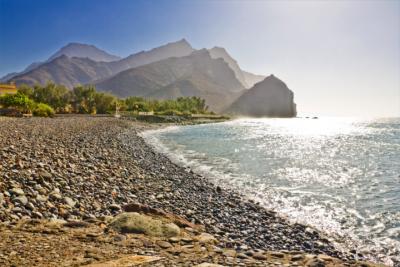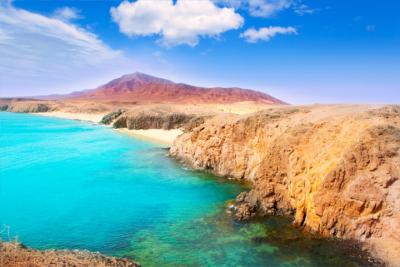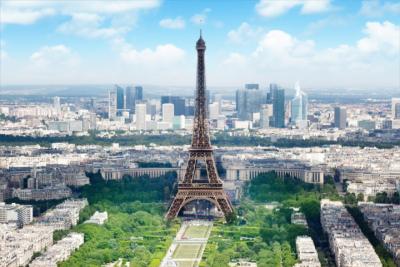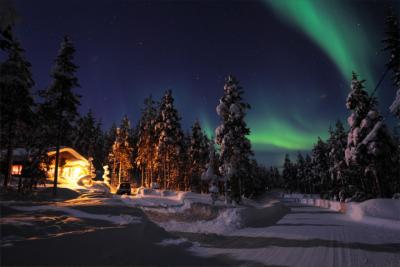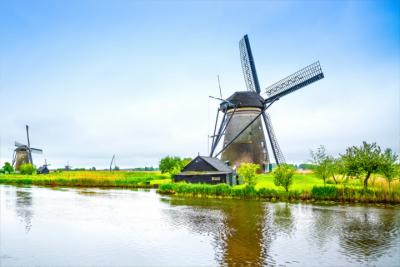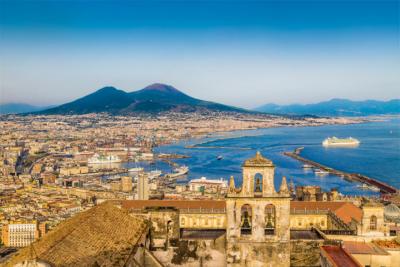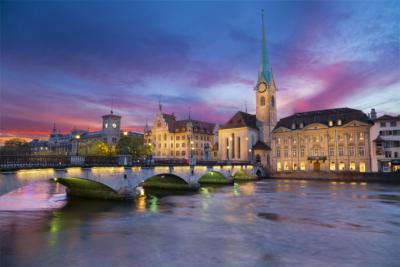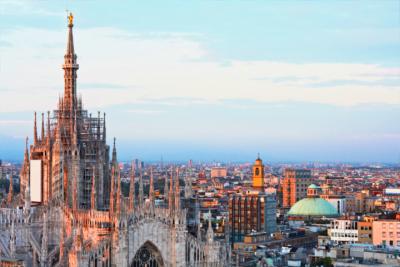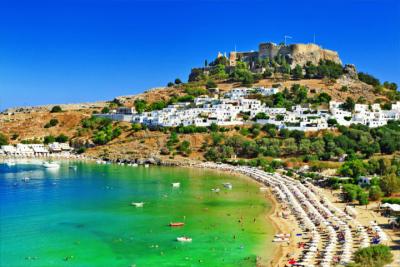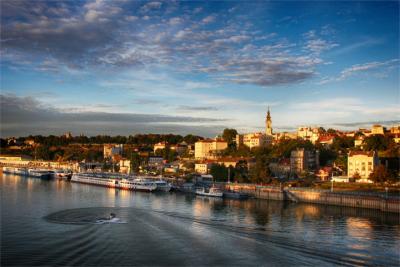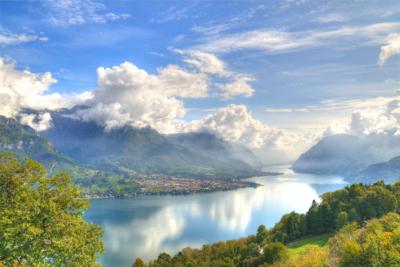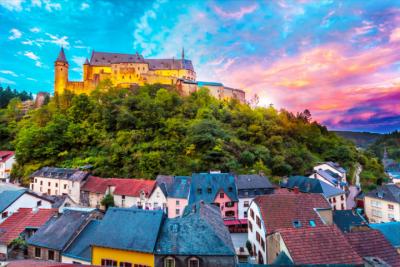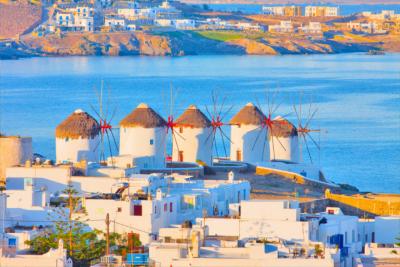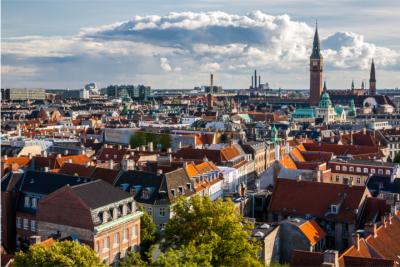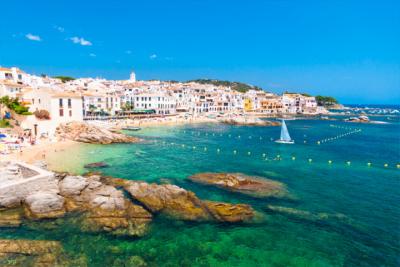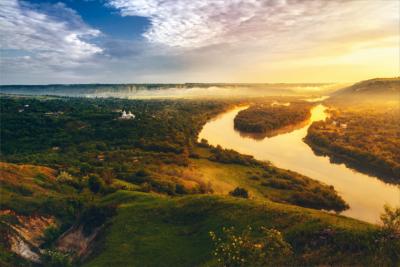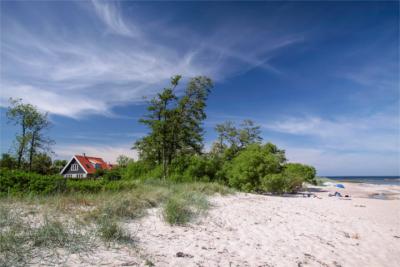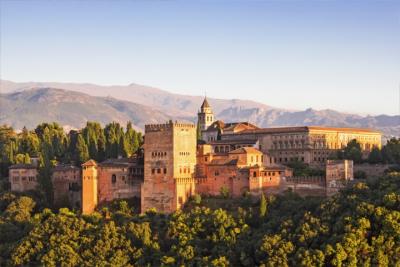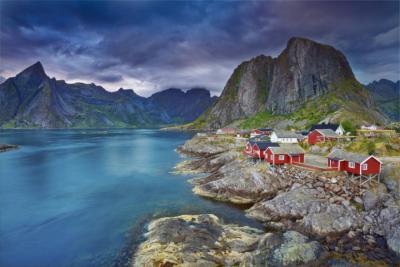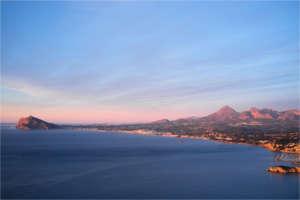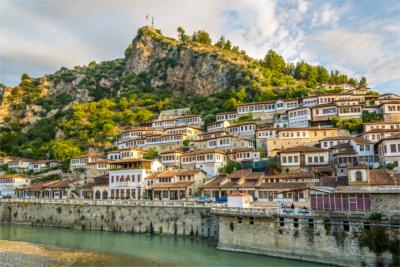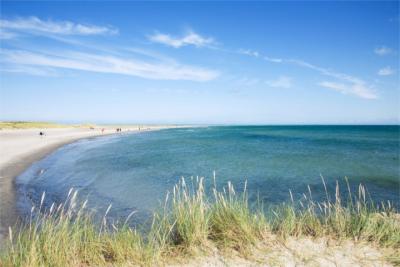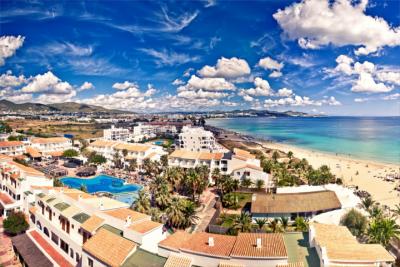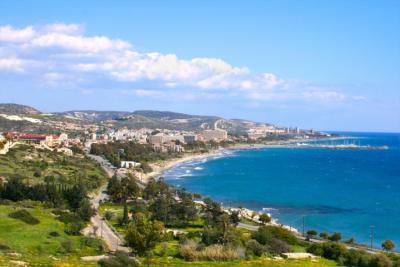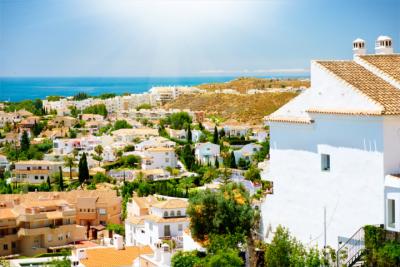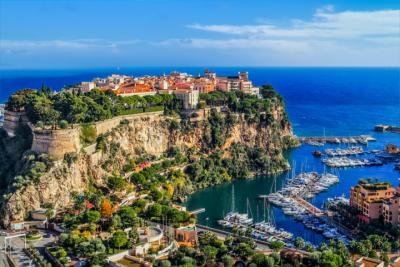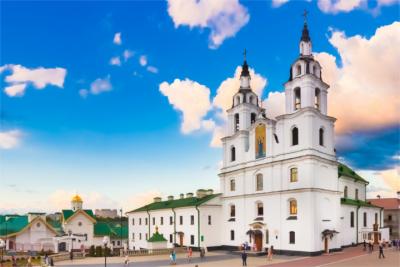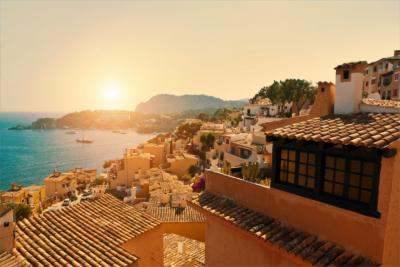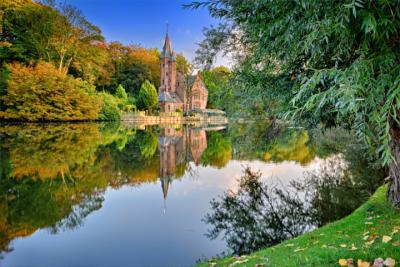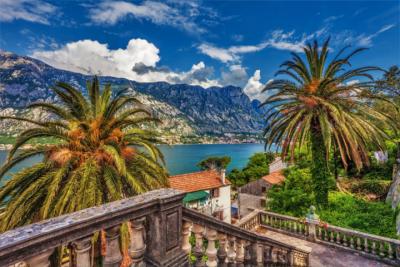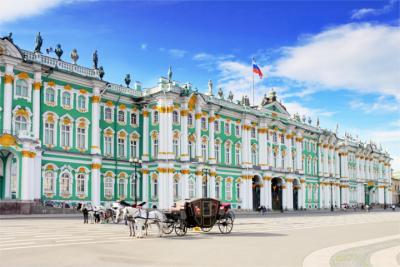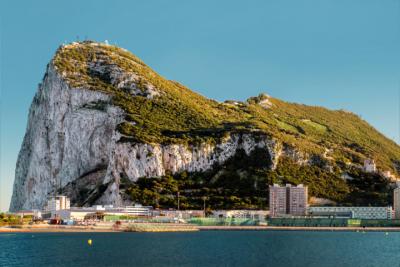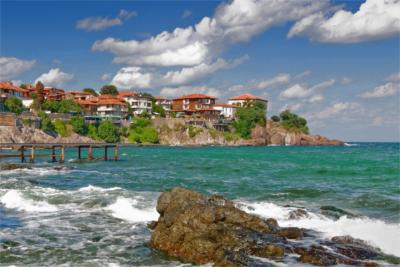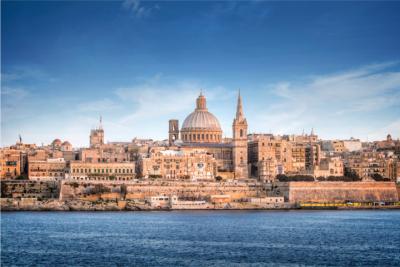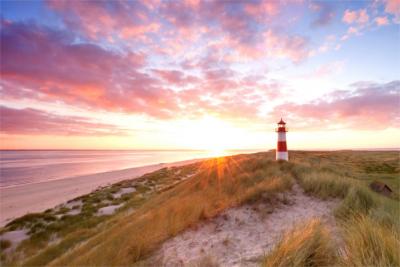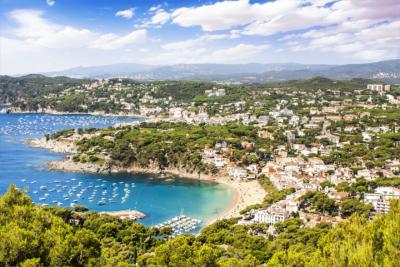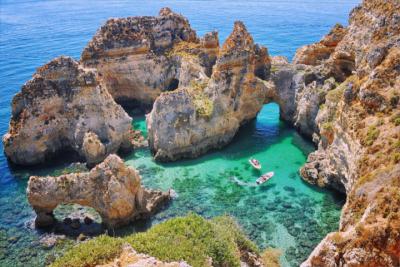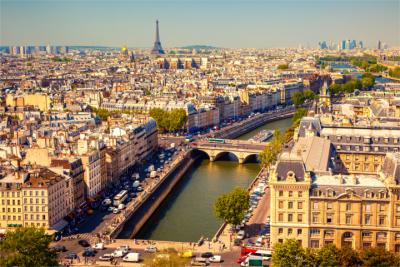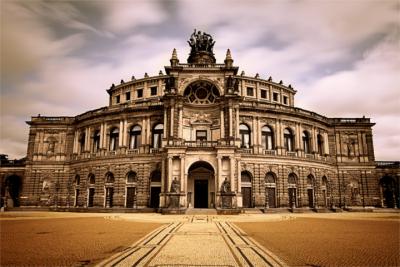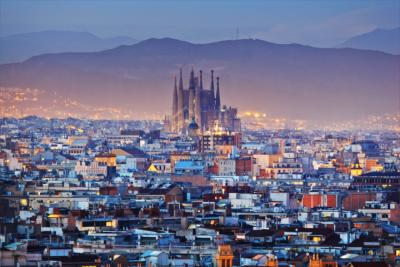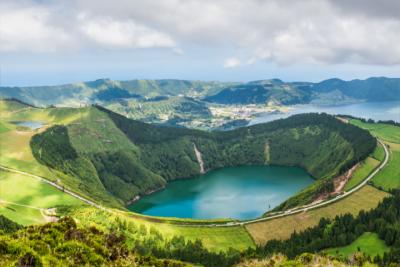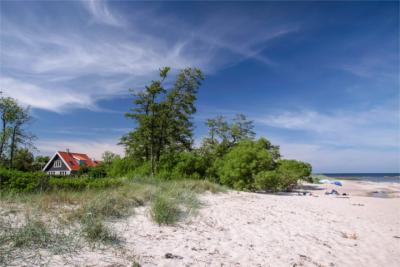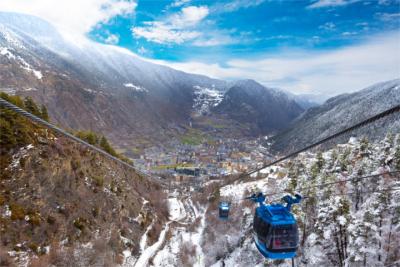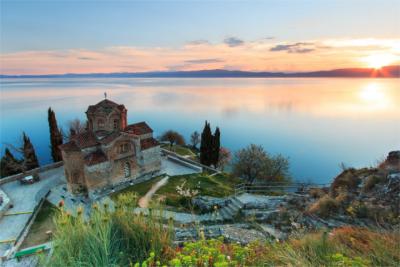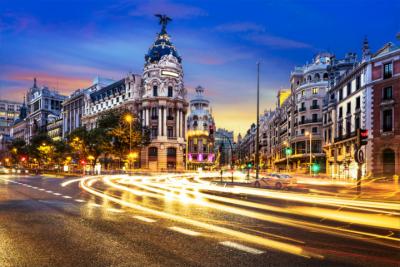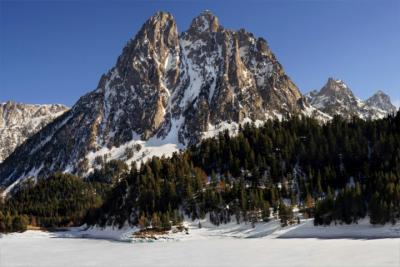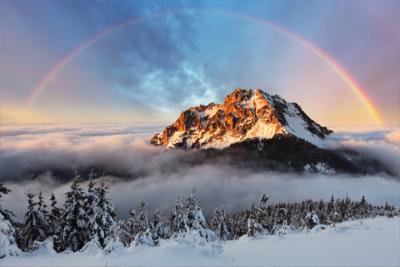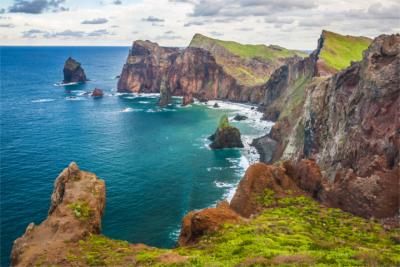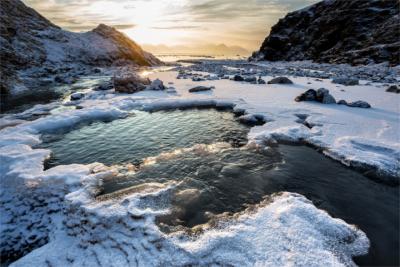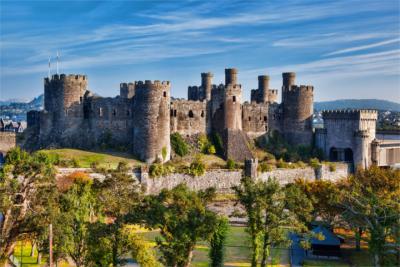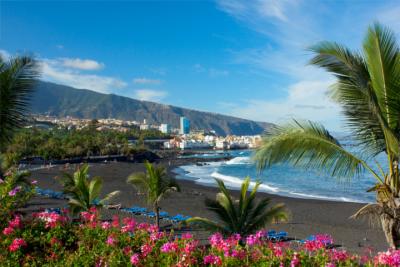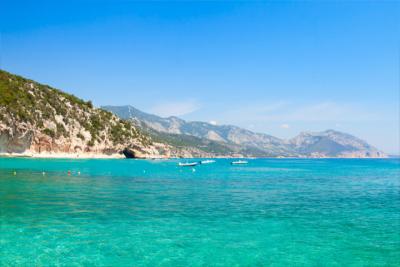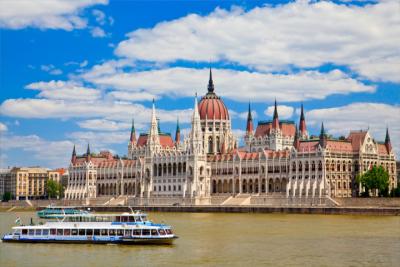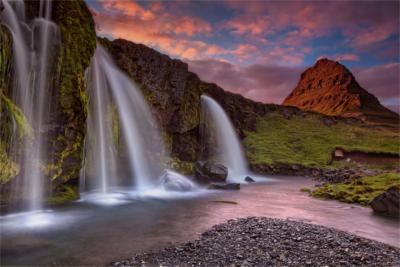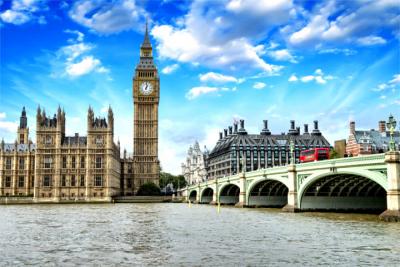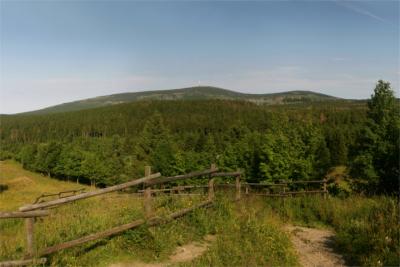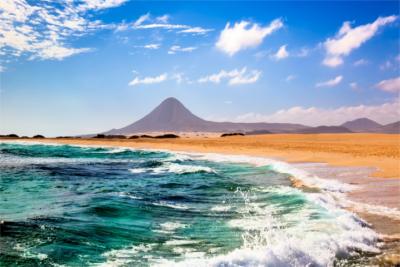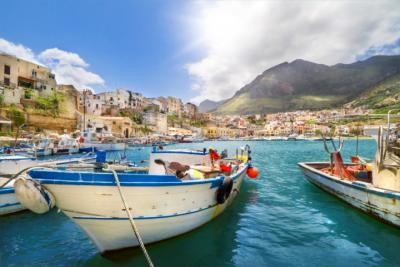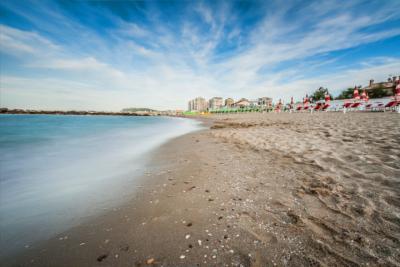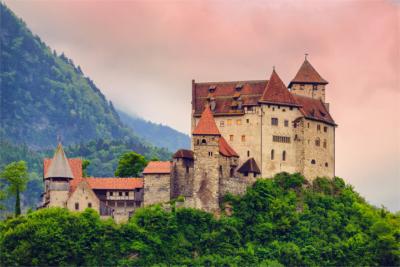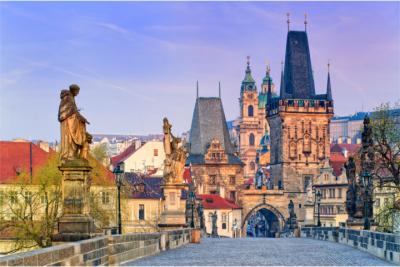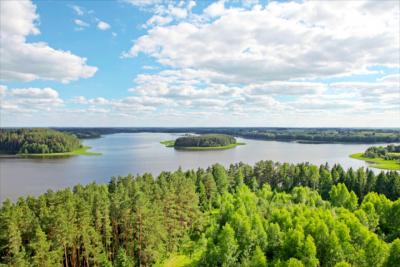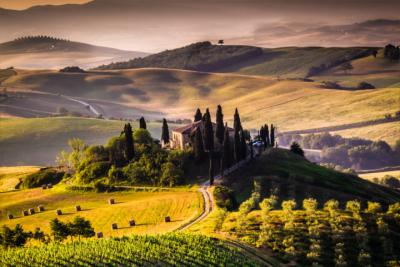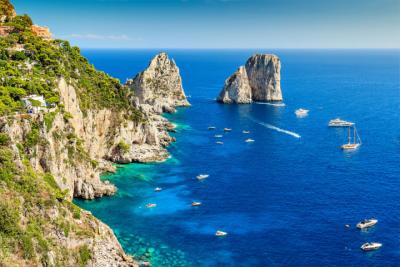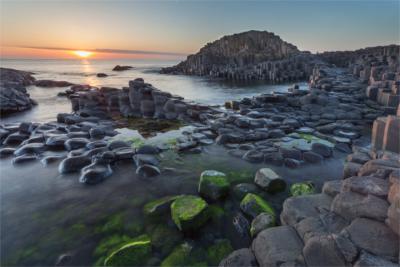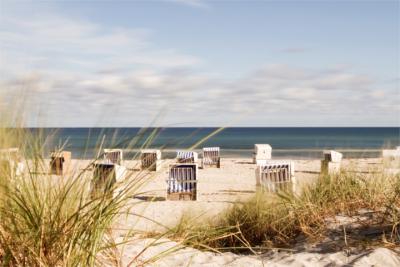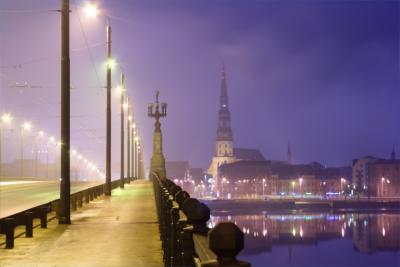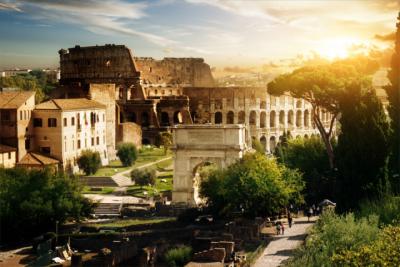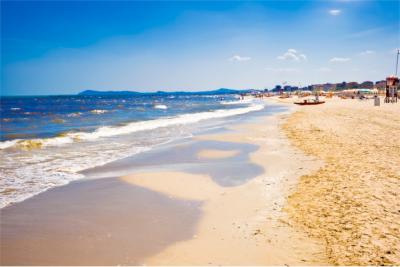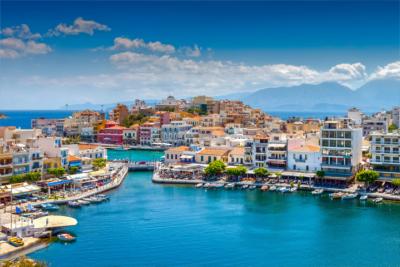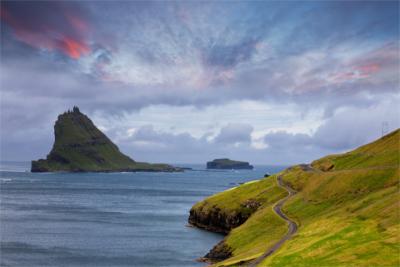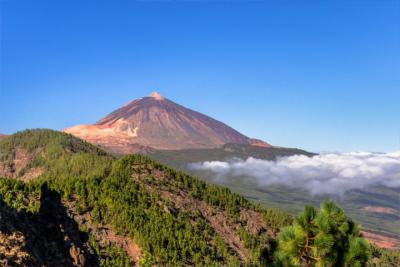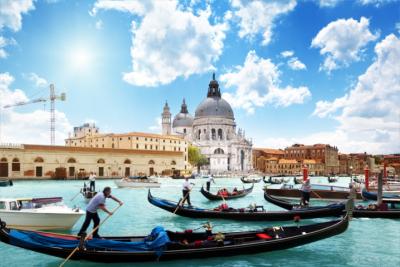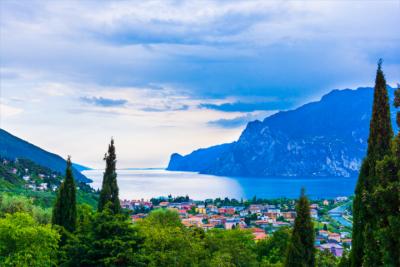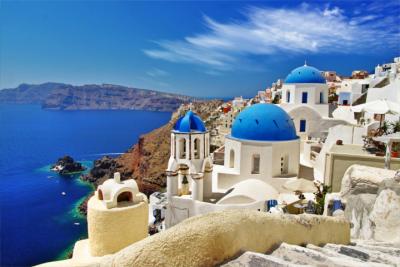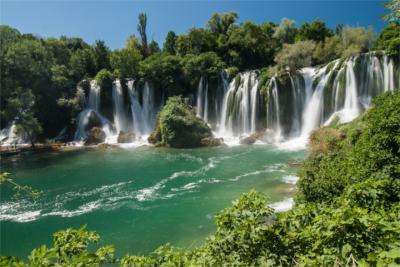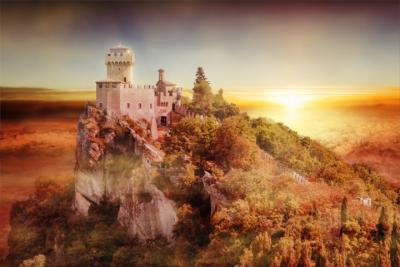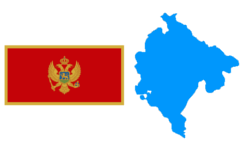Travel Offers
Travelmyne Featureprint
Distance
Montenegro - The Magic of the Adriatic Sea
The second greatest canyon on earth, the world's southernmost fjord and the largest lake on the Balkan Peninsula are all located in the small country of Montenegro at the Adriatic coast. The Balkan state is still an insider tip among travellers but its natural beauty cannot be kept secret forever.

Geography - The bays of the Adriatic coast
The south-eastern European Balkan state of Montenegro lies at the Adriatic coast. It borders on Croatia, Serbia, Bosnia and Herzegovina, Albania and Kosovo. Although it is one of the smaller European states, it is divided into 21 municipalities. The most important cities are the capital of Podgorica, Nikšić and Pljevlja. The climate is Mediterranean. While it can get quite hot on the valley floors around Podgorica in summer, it is pleasant 20 °C warm in the mountains even in midsummer. Between December and March, on the other hand, there is a lot of snow in the mountainous regions, while it stays mild in the lowland.

Nature - The Tear of Europe
Montenegro is not one of the typical European tourist countries but its nature is full of spectacular surprises, which make a trip to the country worth one's while. A great advantage is that the majority of the natural ecosystem has been preserved. Untouched beach sections near beautiful coastal towns, unspoiled jungles and the wonderful islands in the Adriatic Sea make Montenegro an extraordinary destination. A particularly impressive sight is the Bay of Kotor, which is the southernmost fjord on earth, and you also find Europe's greatest canyon in Montenegro - the Tara Canyon. It is the second greatest canyon on earth after the Grand Canyon. The Tara River, which runs through the canyon, is bright blue and 158 kilometres long. The locals call it "Pearl of Europe". Another appealing natural phenomenon is the Montenegrin coast (295 km). The shoreline measures 72 kilometres. Some of the country's landmarks are the scenic small islands in the sea and the great lakes. The best-known example is the idyllic island of Sveti Stefan, which is now a peninsula because of earth fill. However, it has not lost its island charm.

Natural sights - Between the mountains and the sea
Wolves, lynxes and brown bears live in the country's vast nature reserves and national parks. Lake Skadar National Park is home to sea birds and pelicans. You can marvel at wonderful beach sections, magical islands and scenic villages. The town of Plužine near Lake Piva accommodates a number of natural sights such as the lake cave of the Ladies Beach and the Oliva in Utjeha. The oldest olive tree is located in the town of Bar. It is said to be 2,000 years old. Its circumference of ten metres is indicative of old age and the other trees in the area are at least 1,000 years old as well. Another highlight is the Durmitor National Park. The Durmitor massif impresses with gigantic gorges, stunning glacial lakes and fascinating caves - a must for every lover of nature.
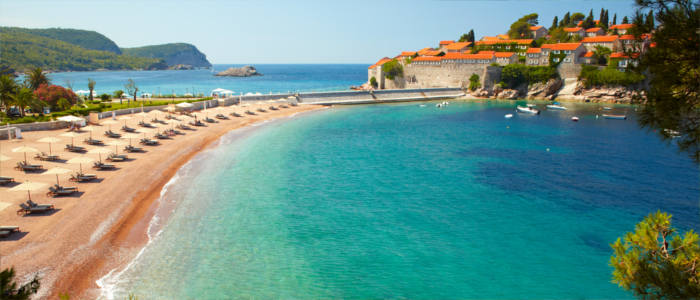
Culture - The history of the Montenegrins
Montenegro only gained independence in 2006. It belonged to Yugoslavia for almost 90 years but the Montenegrins wanted to change this. The nation looks back on a proud past. In the Middle Ages, Montenegro was the Principality of the Crnojević family. The noble family ruled the country in the 15th and 16th century. In 1910, Montenegro became a kingdom but the turmoil of World War I did not spare the country at the Adriatic Sea and so the young kingdom became a part of Yugoslavia in 1918. Today, about 45 percent of the population are Montenegrins. In addition, many Serbians and Bosnians live in the country. The nation is still very traditional. They maintain their customs and costumes and proudly show them to visitors from all over the world.

Cultural sights - Ostrog Monastery and Kotor's old part of town
The capital of Podgorica does not lie at the Adriatic Sea but it is located near the largest lake on the Balkan Peninsula. Lake Skadar has an area of 368 km² and is the city's landmark. Travellers should also visit the impressive Millennium Bridge, St. George Church from the 10th century, the Cathedral of the Resurrection of Christ and a medieval citadel. The historical old town of Cetinje is particularly worth seeing. Outside of the city, Montenegro fascinates with numerous mountain and coastal towns. Budva's old town, the battlements and the Cyclopean masonry in the Mediterranean town of Ulcinj or Bar's beautiful old town with the country's only commercial port are developing into popular tourist destinations. Pljevlia with its medieval clock tower and the Holy Trinity Monastery is also worth a visit. The most beautiful sights, however, are the legendary Ostrog Monastery, which seams to merge with the rock, and the old part of town and Bay of Kotor, which have been declared World Cultural Heritage sites by the UNESCO. Travellers should not miss out on these outstanding attractions.

Experience - Enjoying the day, experiencing the night
The rich, local cuisine varies between the cooler mountainous regions and the Mediterranean coast. You get a lot of fish and light meals with seafood and vegetables at the seaside, while the dishes in the mountains are heartier. Fried and cooked meals, for example deer, are popular here. However, all regions share the preference for goat's and sheep's cheese, ham and olive oil. In addition, the local red wine Vranac is served all over the country. Travellers can buy characteristic ingredients and souvenirs on the colourful farmers' markets, for example in Kotor. Beautiful jewellery made of mussels, handmade cloth hats and precious silver jewellery are popular souvenirs. You find long shopping miles in Podgorica and Kotor. The Casino Royale in Montenegro became world-famous when the best secret agent of all time, James Bond, fought against crime here. "Casino Royal" was partly filmed in Montenegro's casinos. The nightlife is vibrant with activity in the streets of the south coast, especially in the warm summer months. The Montenegrins love dancing and the music is often played until the early morning hours in the clubs and discos in Kotor or Budva.

Activities - A great variety of activities throughout the year
Long sandy beaches at the coast make the country a wonderful destination for summer holidays at the seaside. You can co sailing, swimming and windsurfing in the holiday regions. Visitors who want to explore the underwater world are in for sunken sailing vessels, hidden caves and great visitbility. Both the great lakes and the sea are excellently suited for going snorkelling. The wild Tara River can be conquered during a rafting tour and anglers can pursue their hobby in the vast river landscape or the Adriatic Sea. Hiking and mountain tourism has been developed well. A hike along Lake Skadar or on the long-distance trail Peaks of Balkan gives holidaymakers an understanding of the country and its inhabitants. In winter, the mountainous north transforms into a wonderful winter sports region. Its centre is the ski resort Kolašin in the Bjelasica mountain range. You can explore the exciting roads leading through the great Tara River Canyon by bike or car.

Information
Due to the wide range of leisure activities and the magical nature, a trip to Montenegro is a good idea at any time of the year. Most visitors arrive in the warm summer months between May and September. The coastal regions and the Bay of Kotor are growing more and more popular with tourists.
Montenegro's beauty is shown by its untouched nature and the charm of its population. Not only active holidaymakers and discoverers get their money's worth here but also travellers who are looking for relaxation and lovers of nature.

